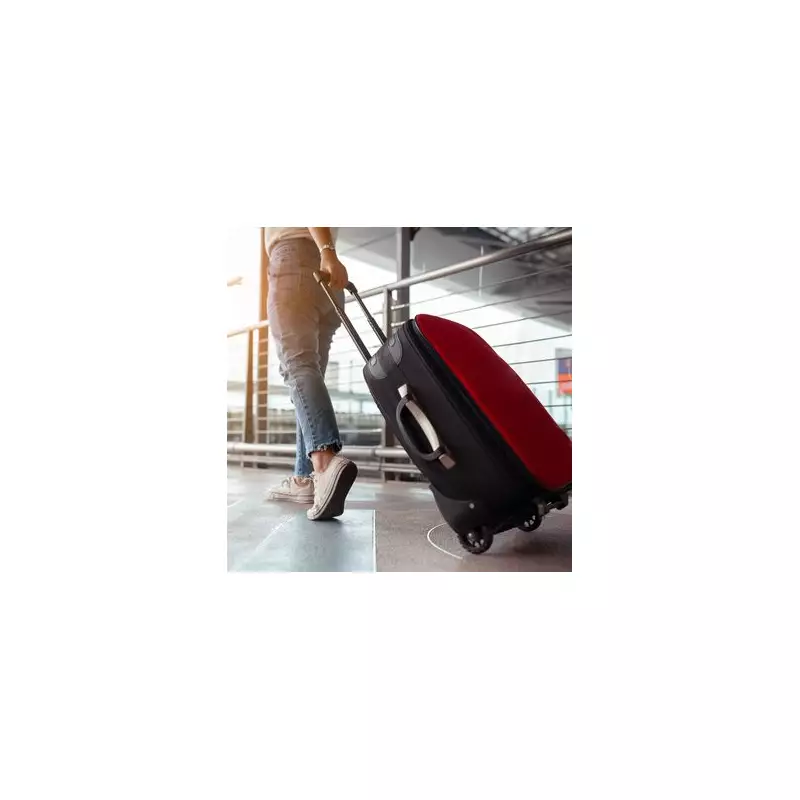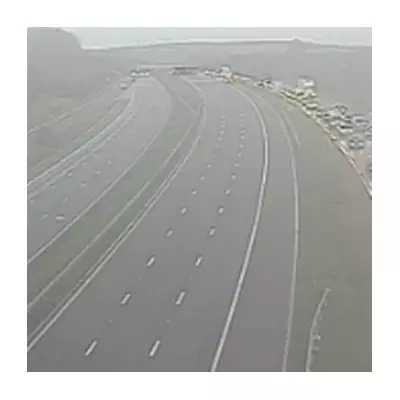
British holidaymakers are set to face significant disruptions and longer queues at European borders this autumn as the European Union rolls out its new high-tech border system. The long-delayed Entry/Exit System (EES) represents the biggest change to EU border control since Brexit and could create travel chaos for millions of UK travellers.
What is the EES and How Will It Affect You?
The automated EES will replace manual passport stamping for non-EU citizens, including British passport holders. Rather than a quick stamp, travellers will need to provide biometric data including fingerprints and facial scans at their first point of entry into the EU.
This process is expected to take significantly longer than current procedures, potentially adding minutes to each individual's processing time. During peak travel periods, this could translate to hours of additional queuing at busy airports and ferry terminals.
Potential Travel Nightmares Ahead
Travel industry experts are warning of severe congestion at major UK departure points including:
- Eurostar terminals at St Pancras International
- Dover ferry port
- Channel Tunnel terminals
- Major airports with EU-bound flights
The Port of Dover has expressed particular concern, warning that the new system could create 6-8 hour delays during busy periods unless adequate preparations are made.
When Will These Changes Take Effect?
After multiple delays, the EES is now expected to launch in October 2024. However, the exact implementation date remains uncertain, leaving travellers and travel companies in limbo as they prepare for the autumn half-term and Christmas travel seasons.
What Data Will Be Collected?
The system will record and store:
- Name
- Passport details
- Biometric data (fingerprints and facial images)
- Date and place of entry and exit
This information will be stored for three years and used to track compliance with 90-day visa-free stay limits.
How Can Travellers Prepare?
While the changes are inevitable, there are steps travellers can take to minimise disruption:
- Allow extra time for border crossings
- Consider travelling outside peak hours
- Ensure passports have sufficient blank pages
- Stay informed about implementation dates
- Consider using less busy border crossings where possible
The implementation of EES marks another significant post-Brexit travel change following the introduction of border passport stamps in 2022. While aimed at enhancing security, the practical impact on British holidaymakers and business travellers is likely to be substantial delays and increased travel complexity.





